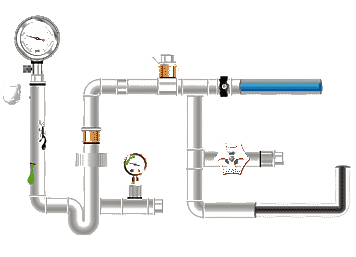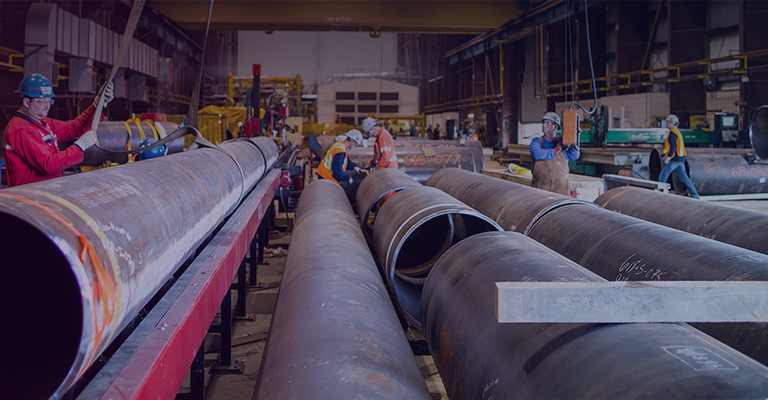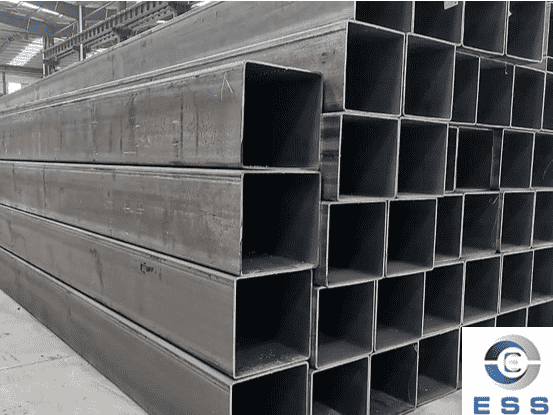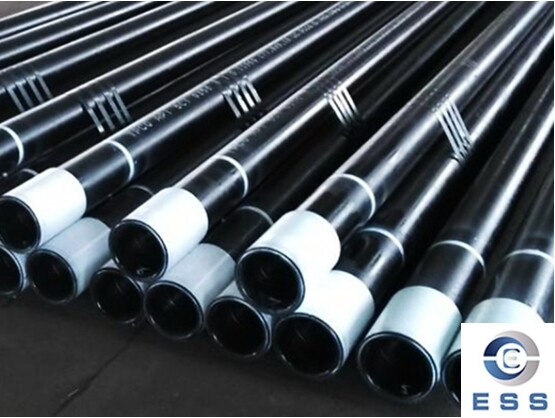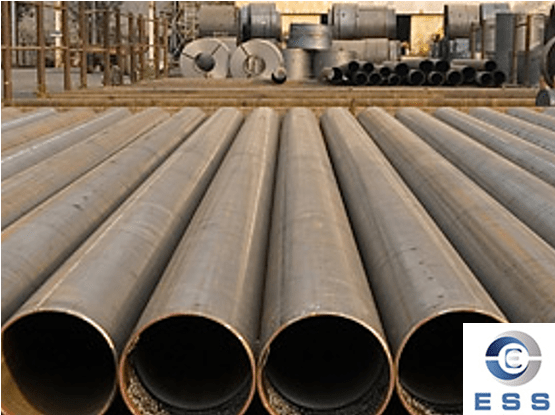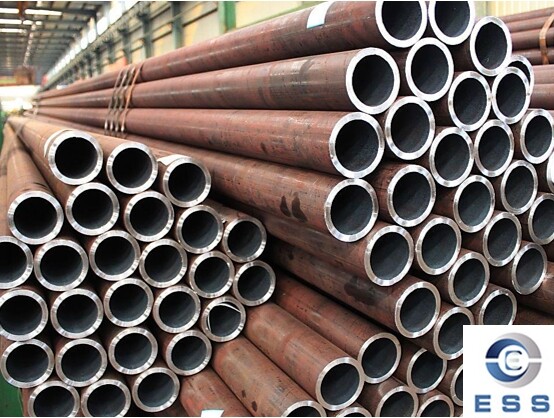
Carbon seamless steel pipes are one of the most common types, mainly composed of
carbon and iron. According to the different carbon content, they can be divided
into low carbon steel, medium carbon steel and high carbon steel. Mild
steel pipes (such as 20# steel) have good weldability and toughness,
suitable for general structural purposes; medium carbon steel pipes (such as
45# steel) have high strength and hardness, suitable for manufacturing
mechanical parts; high carbon steel pipes are often used to manufacture knives
and molds due to their high hardness and wear resistance.
Production process
1. Hot rolling process
The steel billet is heated to a high
temperature and then rolled by a rolling mill to form a seamless steel pipe.
The hot rolling process can produce steel pipes with larger diameters and
thicker walls, which are suitable for some large-scale engineering and heavy
machinery fields. Large-diameter casing pipes used to transport oil and gas in octg pipes are
often manufactured using hot rolling processes.
2. Cold drawing process
On the basis of hot-rolled steel pipes, the
diameter and wall thickness of the steel pipes are further reduced through the
drawing action of the cold drawing machine, thereby improving the dimensional
accuracy and surface quality of the steel pipes. The cold drawing process is
suitable for some fields with high requirements for dimensional accuracy and
surface quality, and is often used in precision machinery, automobile
manufacturing, etc., to provide a basis for ensuring the precise matching of
parts.
Common materials
Carbon seamless steel pipes have a variety
of materials to meet different application scenarios and engineering needs. The
following are some of the common materials:
1. Carbon steel
This is an alloy steel mainly composed of
carbon and a small amount of other elements, with good mechanical properties,
processing properties and welding properties. Carbon steel seamless steel pipes
are suitable for the transmission of non-corrosive media and general-purpose
structural engineering.
2. High carbon steel
The carbon content is high, generally above
0.5%. High carbon steel has high hardness and strength, and is suitable for
occasions requiring wear resistance and high strength, such as the manufacture
of components such as drill pipes in coal mines and oil mining. However, it
should be noted that high carbon steel has poor corrosion resistance. If used
in an environment with medium corrosion, anti-corrosion treatment is required.
3. Alloy steel
By adding some alloy elements to steel, the
performance of steel is improved. It is often used in specific working
environments or occasions that need to withstand specific stresses.
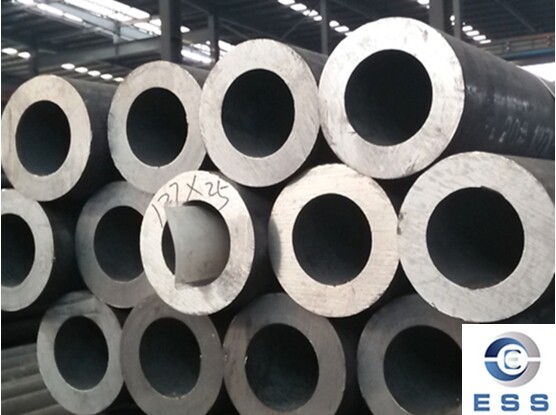
Common material models
Q195
It has lower strength and better plasticity
and toughness, and good processing performance. It is often used to make some
parts and pipes that do not require high strength, such as pipes for
low-pressure fluid transportation. It is also a common material for pup joints of some simple structures.
Q215
It has slightly higher strength than Q195
and can be used to make mechanical parts and building structural parts that do
not require high strength. It is more common in some ordinary steel structure
projects.
Q235
It is a commonly used carbon structural
steel with good comprehensive performance, moderate strength, good plasticity
and toughness. It can be welded, riveted, bolted and other processing. It is
widely used in building structures, machinery manufacturing, vehicle
manufacturing and other fields, such as beams and columns in buildings,
transmission shafts in machinery, etc.
#10
High-quality carbon structural steel has
good cold processing performance and certain strength. It is often used to
manufacture mechanical parts and pipes, such as bolts, nuts, tubings, etc.
#20
The strength is slightly higher than #10.
It can be used to manufacture some mechanical parts that bear medium loads,
such as gear shafts, etc. It is also often used to manufacture some
high-pressure container pipes.
#35
It has high strength and good toughness. It
can be tempered to manufacture some mechanical parts that bear large forces,
such as crankshaft connecting rods, etc.
#45
It is a medium-carbon structural steel.
After tempering, it has good comprehensive mechanical properties and is used to
manufacture some important mechanical parts, such as machine tools, spindles,
and automobile transmission shafts.
Material characteristics
1. Chemical composition
The main chemical composition of carbon
seamless steel pipe is carbon (C), which usually contains a small amount of
silicon (Si), manganese (Mn), sulfur (S), phosphorus (P) and other elements.
The content and proportion of these elements determine the mechanical
properties and processing properties of the steel pipe.
2. Mechanical properties
It has high strength and hardness and can
withstand large pressure and tension. At the same time, it also has certain
toughness and plasticity, and can withstand impact and deformation to a certain
extent. Its tensile strength, yield strength, elongation and other mechanical
properties vary according to different grades and specifications.
3. Processing performance
Good processability, can be processed into
steel pipes of various shapes and sizes through hot rolling, cold rolling, cold
drawing and other processes. At the same time, welding, cutting, bending and
other processing operations can also be performed to meet different engineering
needs.
Summary
When purchasing carbon seamless steel
pipes, it is necessary to comprehensively consider and select suitable
materials based on specific application scenarios, engineering requirements and
budget factors. At the same time, it is also necessary to pay attention to
choosing products produced by regular factories to ensure that the product
quality and performance meet the requirements.
Read more: Roughness of carbon steel pipe or Thermal conductivity of carbon steel pipe









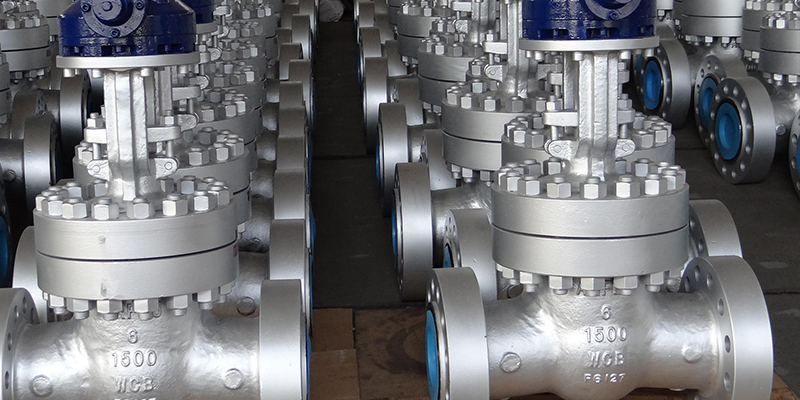
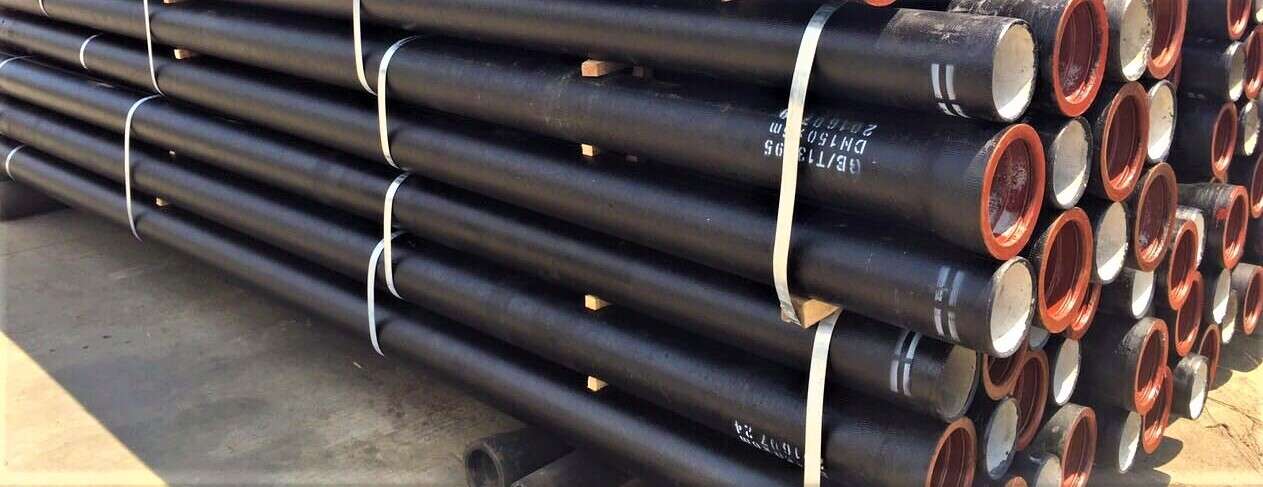


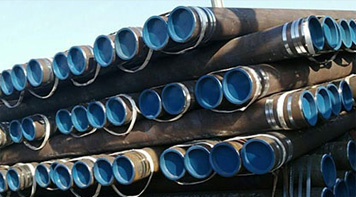 Eastern Steel Manufacturing Co.,Ltd not only improve product production and sales services, but also provide additional value-added services. As long as you need, we can complete your specific needs together.
Eastern Steel Manufacturing Co.,Ltd not only improve product production and sales services, but also provide additional value-added services. As long as you need, we can complete your specific needs together.
